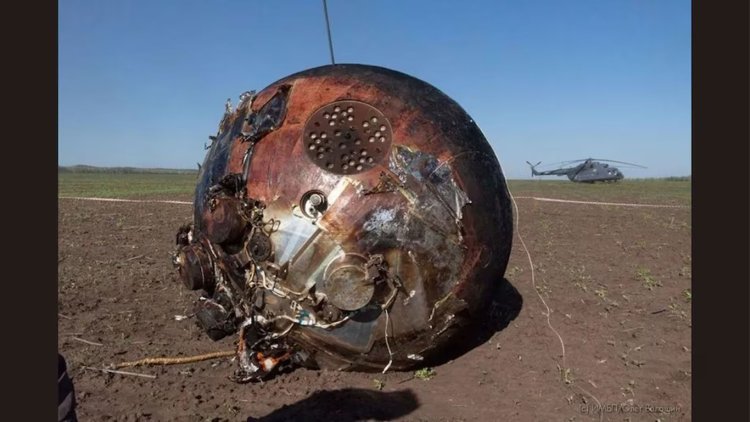Russia Sends Mice, Flies, and Seeds into Orbit on Bion-M No.2 Mission
Russia’s Bion-M No.2 biosatellite carried 75 mice, 1,000 fruit flies, microbes, and seeds to low-Earth orbit to study the effects of spaceflight on living organisms.

Russia Sends Mice, Flies, and Seeds into Orbit on Bion-M No.2
Mission
Russia has launched its latest space biology experiment, Bion-M No.2, carrying an unusual set of passengers—75 mice, nearly 1,000 fruit flies, microbes, and plant seeds. The biosatellite lifted off on August 20, 2025, beginning a month-long journey in low-Earth orbit aimed at helping scientists understand how living things cope with the harsh environment of space.
A Space Biology Lab in Orbit
The mission is essentially a flying laboratory. Packed inside are mice specially bred for radiation studies, tiny fruit flies to track genetic changes, and plant seeds to see how they respond to weightlessness and cosmic rays. Even simulated lunar soil and rocks are part of the payload, allowing researchers to test how moon-like dust behaves beyond Earth.
Some of the mice have been genetically modified to respond differently to radiation. By studying them, scientists hope to learn how cells, organs, and entire organisms adapt—or fail to adapt—when exposed to space conditions for weeks at a time.
Why This Matters for Future Space Missions
In space, the human body faces enormous challenges. Astronauts can lose up to 1% of bone density per month, muscles weaken without regular use, and constant exposure to radiation slowly damages cells. The data from Bion-M No.2 could help design better protections for future astronauts, whether they’re heading to the Moon, Mars, or even deeper into space.
“This mission is about preparing for the long haul,” Russian space officials said. “Every detail we learn about how living systems react in space helps us take one step closer to safe crewed missions beyond Earth.”
Building on Past Efforts
Bion-M No.2 is the second flight in Russia’s revived Bion program, following the first mission in 2013. That earlier mission carried similar living payloads and provided crucial insight into how organisms survive in orbit. This new mission expands on that work, with more advanced tools and biological experiments.
Looking Ahead
By the time Bion-M No.2 returns to Earth, scientists expect to have mountains of data on everything from cell growth to radiation damage. While the mice and fruit flies might seem small, the lessons they carry back could shape the way humans one day travel and live safely on other worlds.
What's Your Reaction?



















